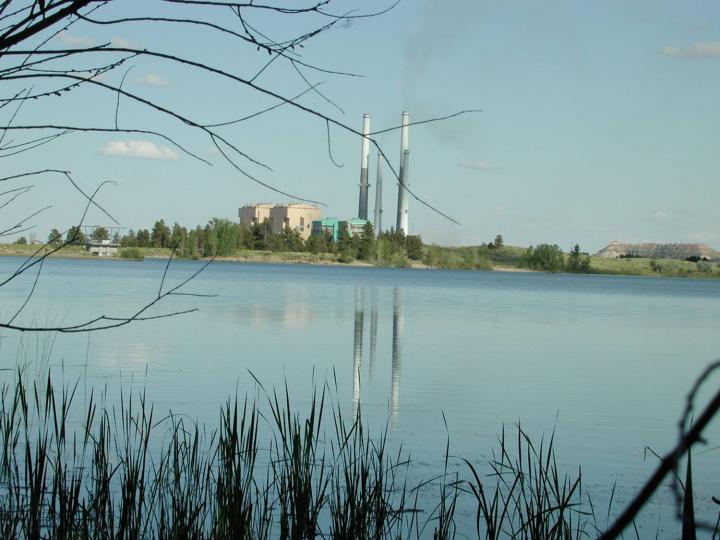
The Colstrip Power Plant, located 100 miles east of Billings, Montana, is comprised of four separate plant “units”. Together, these plants rank as the 15th largest emitter of greenhouse gases into the atmosphere in the United State. However, according to a Seattle PI article on Tuesday, Puget Sound Energy signaled that they may speed up the shutdown on two of those plants, units 1 & 2. Colstrip 1 and 2 began supplying energy to Puget Sound Energy customers in the mid-1970s. PSE is the electricity supplier to 1.1 million people in Western Washington.
PSE filed a rate case with Washington Utilities Commission, which signifies that it could close by 2018, four years earlier than the announced date of 2022 – pending agreement of its co-owner Riverstone Holdings. In addition, the filing of the rate case could also shorten the life of units 3 and 4 units by 10 years, from original closure of 2045 to 2035. Still, for environmentalists and climate change scientists alike, this isn’t exactly a win in their camps.
In 2013, the Sierra Club and Montana Environmental Center filed a lawsuit against the plant’s owners because upgrades to promote the longevity of the plant were made without the proper permits. But while the early closure might be a small victory for environmentalist, this could bring a blow to the small communities outside of Colstrip, which is mainly commercial and industrial. According to Talen Energy’s website, the plant employs 360 people and is capable of producing 2,094 megawatts of electricity. Talen has a 50% ownership stake of units 1 & 2, 30% ownership of unit 3, and no ownership of unit 4. In total, the plant has ownership by Talen Energy LLC, Puget Sound Energy Inc., Portland General Electric Company, Avista Corporation, PacifiCorp and NorthWestern Energy.
Talen does boast on their website that,
Low-sulfur coal and state-of-the-art scrubbers restrict sulfur dioxide emissions to less than levels required by the Clean Air Act. The plant also meets Environmental Protection Agency standards for nitrogen oxides emission. The plant consistently ranked as one of the lowest-cost fuel plants in the Western Electricity Coordinating Council, a regional member of the North American Electricity Reliability Council that includes all the western states and the Canadian provinces of Alberta and British Columbia.
While these are all nice self proclamations, the shutdown couldn’t come soon enough for environmental advocates, who have been fighting for tighter regulations on coal-fired plants. There has also been a significant shift towards using natural gas as a replacement for dirtier coal plants in the recent years. This, coupled with renewable energy becoming more affordable and cheaper to manufacture, has prompted divesting from coal operations. However, with a new Republican congress and President, some environmentalists are afraid that the shift away from coal may be halted entirely.


